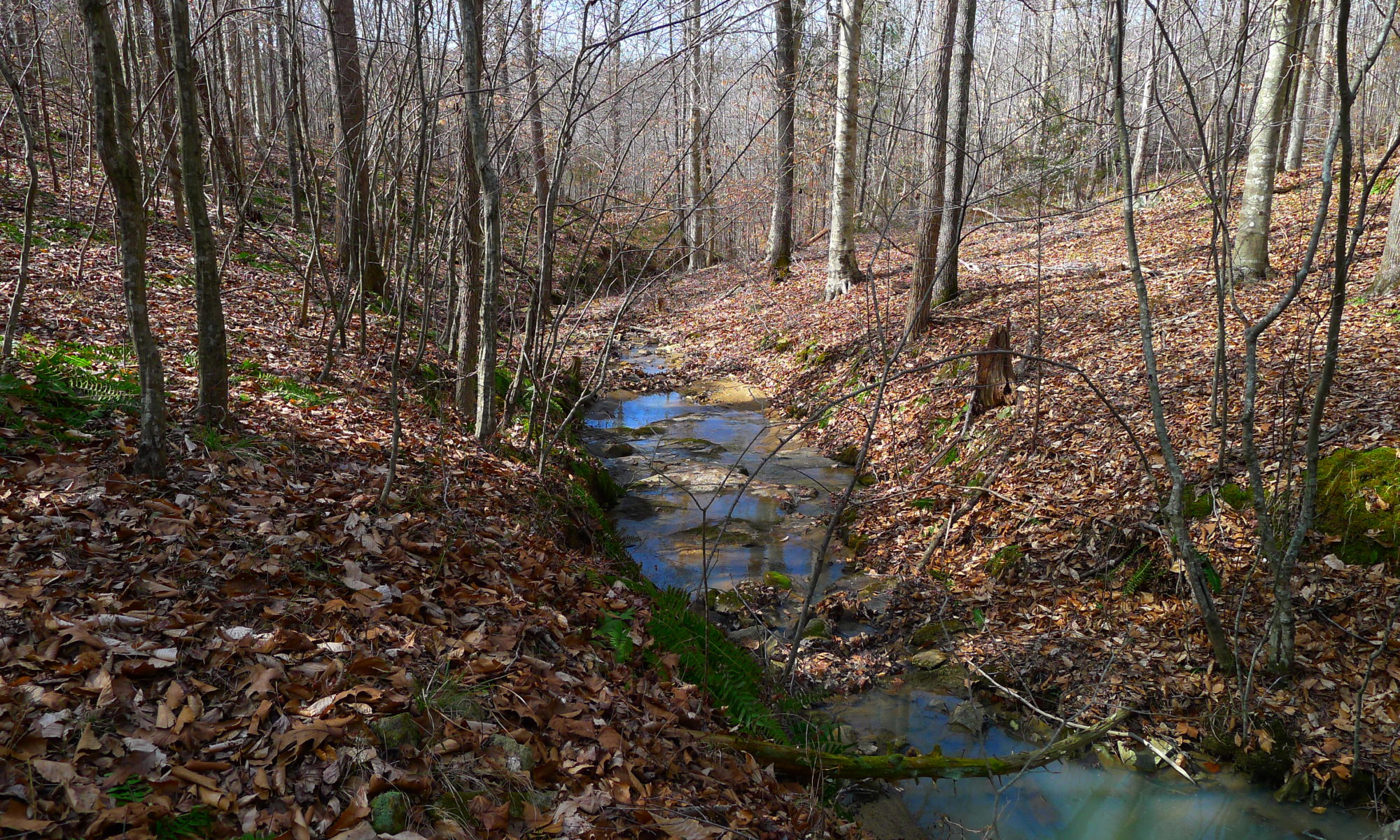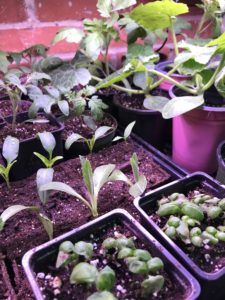The first week of the eating local challenge has gone quite smoothly. It helps, of course, that I had lots of store-cupboard ingredients to hand – oatmeal, flour, sugar, pasta, canned tomatoes, yoghurt, parmesan cheese. What will I do when the oatmeal runs out, or the ingredients to make soda bread, which has been my breakfast these last few mornings? If I buy bread baked locally, will that count, no matter where they sourced their flour? For a long time now, I’ve been the kind of shopper who scrutinizes the ingredients list on a packaged item, usually to check that it doesn’t contain any hidden, non-vegetarian surprises. It adds another layer of complexity to be worrying now about how far individual ingredients have traveled. In fact, I can source regionally grown and milled bread and pasta flours (from Anson Mills), so I could make my own bread… If only my bread machine hadn’t died.
The biggest change so far – and this is the kind of shift that Barbara Kingsolver talks about in Animal, Vegetable, Miracle – is that dinner doesn’t begin with an idea for what I’d like, a shopping list, and a trip to the supermarket. Instead, I’m starting with what I have to hand – the fruits and vegetables in season here, or that came with my Ungraded Produce box – and figuring things out from there.
Two of the best meals this past week, made with in-season, locally grown produce, were pasta with asparagus sauce, and a lemony pan-fried kale dish. A confession: citrus trees don’t grow in North Carolina (to the best of my knowledge), but lemons, like coffee, are something I don’t think I can live without.
For pasta with asparagus, cook the asparagus in boiling water (the tips will take only a minute or two), puree the stems with lemon zest, and then combine with the pasta, asparagus tips, and plenty of grated parmesan.
For the sautéd kale dish: sauté chopped garlic and dried oregano in olive oil, throw in handfuls of chopped kale (stems removed), salt and pepper, a little water, and a lot of lemon juice.

